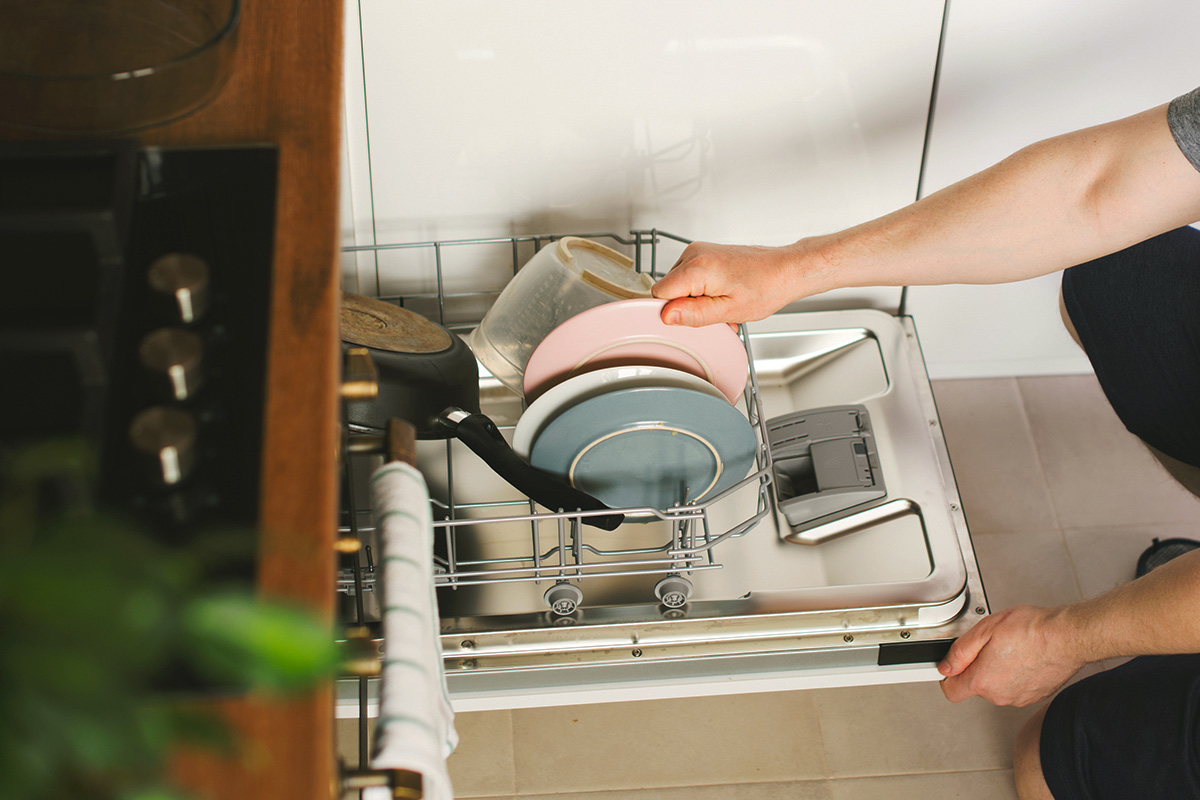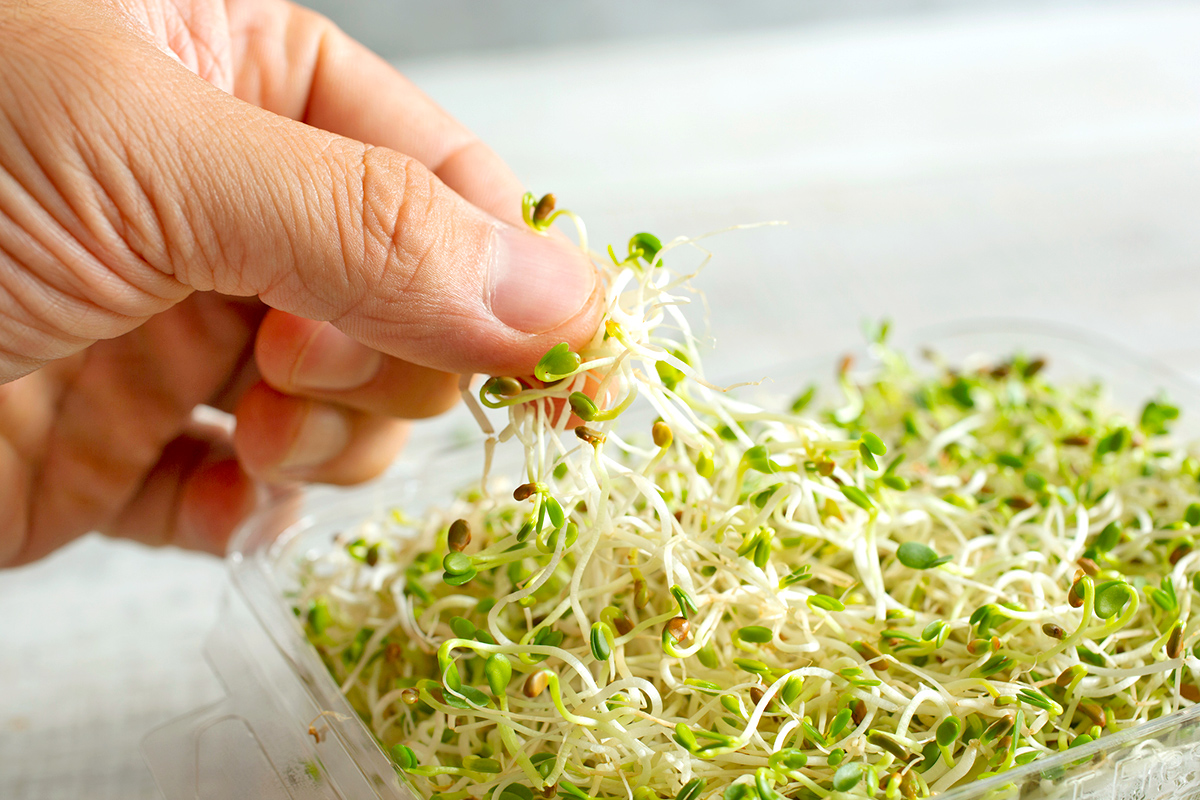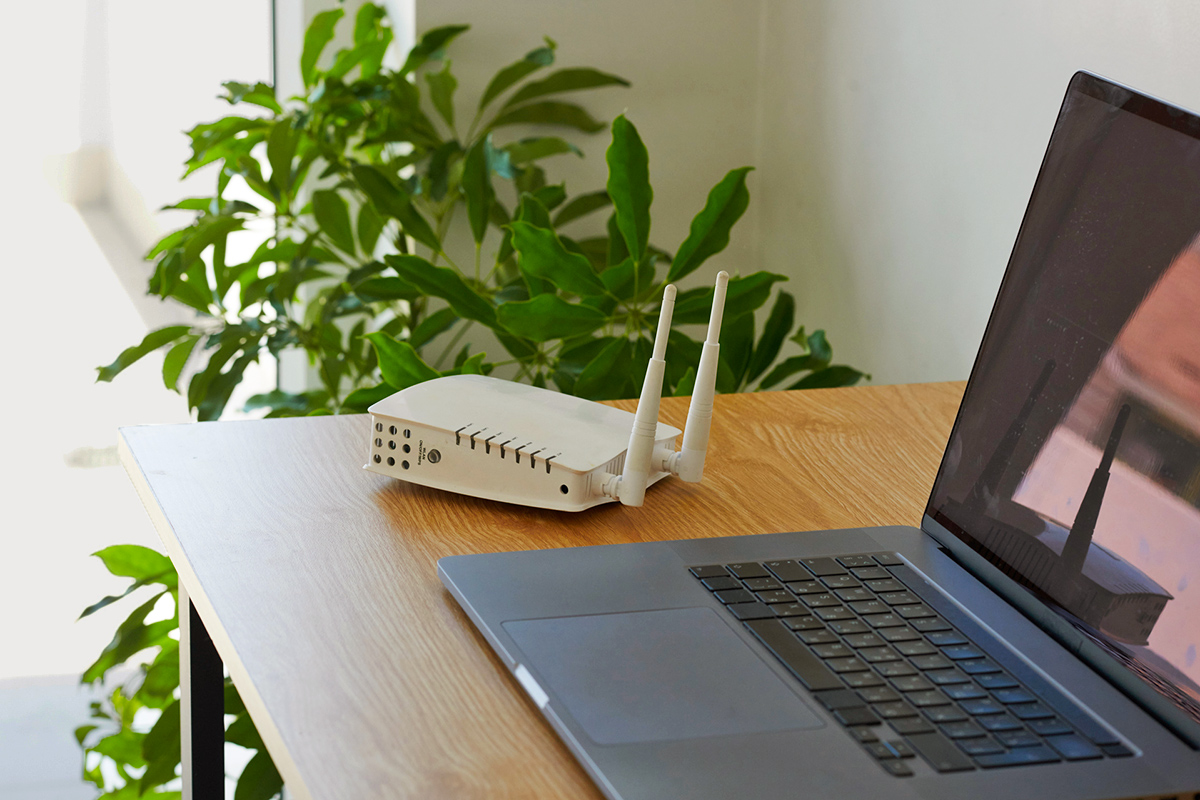If dogs are man’s best friend, then dishwashers are a close second. Once you’ve owned a dishwasher, it’s hard to imagine ever washing dishes by hand again. But for all their convenience, these machines have their drawbacks. For example, they aren’t the quickest devices, with an average wash cycle taking a couple of hours. Plus,…
Get Clean Dishes in Less Time
To give your dishwasher a head start, run the hot water in your kitchen sink for a moment before pressing the “start” button. In the United States, the sink and dishwasher are often fed by the same water supply, so running hot water in the sink just before you start the dishwasher is essentially like preheating the water for the wash cycle. Otherwise, it could take much longer for the dishwasher to heat the water on its own — potentially one to two minutes to increase the temperature by a single degree.
Load up the dishwasher with dirty dishes and detergent, then select a shorter cycle than you’d normally use. (Depending on the model, this cycle may be labeled as “Quick Wash,” “One-Hour Wash,” or “Express.”) Before you hit start, turn on the kitchen sink’s hot water until it’s steaming, then turn it off. Now you can start the dishwasher and let the preheated water work its magic. Instead of wasting time heating the water, the dishwasher will get right to cleaning, resulting in a quicker and more effective wash. The shorter cycle also means less wear and tear, keeping your dishwasher in good shape for the long run.
More from our network
House Outlook is part of Inbox Studio, which publishes content that uplifts, informs, and inspires.
Bonus Tip
To avoid wasting water, try to time things out so each action flows into the next. For example, if you’re going to prerinse dishes before placing them in the dishwasher, use the hottest water you can physically stand. Once those dishes are in the dishwasher, turn on the wash cycle immediately to take advantage of the fact that you’ve already warmed up the pipes and the water.



















